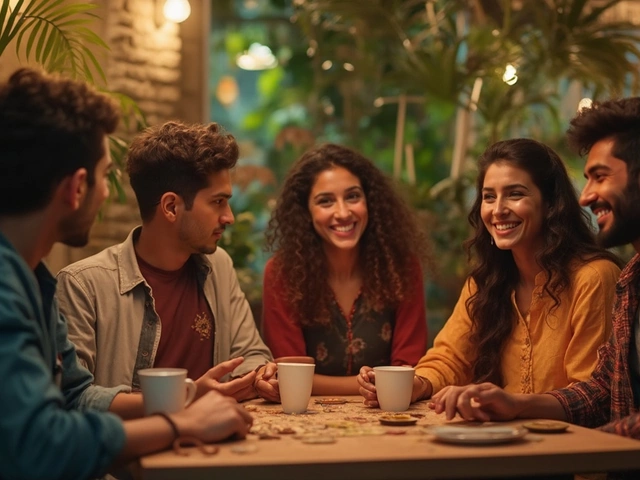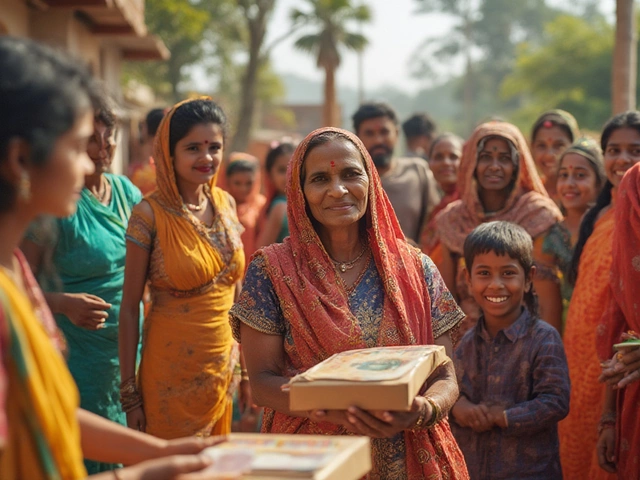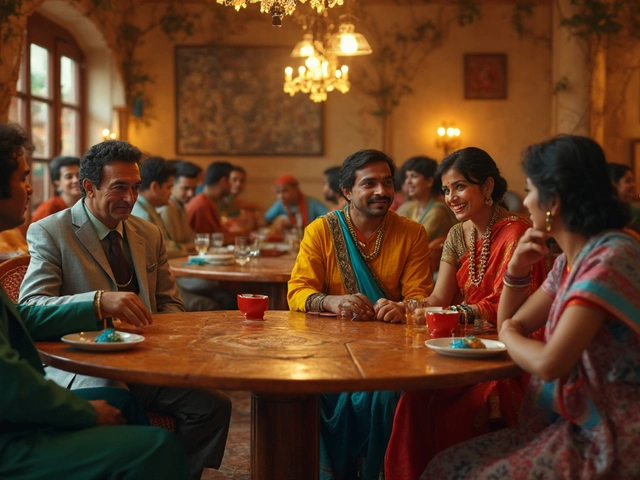Imagine a world without group chats, no DMs, no easy way to find 'your people.' Back in the day, if you wanted friends, connections, or even a place to relax, you’d probably head to a social club. These weren’t just old-school bars or fancy lounges. Social clubs had real jobs—they brought folks together, helped people swap ideas, and even made big changes in their towns.
It wasn’t all about sipping drinks and gossiping. Some clubs made secret deals that shaped cities, while others were safe havens for immigrants, women, or folks who just wanted to play chess without being judged. Spotting a club member in a special tie or badge? That meant you were in the know—and sometimes, you got help with everything from finding a job to borrowing cash for a business idea.
- The Roots of Social Clubs
- Building Community and Belonging
- Business, Politics, and Power
- Hobbies, Skills, and Learning
- Tips for Modern-Day Socialising
The Roots of Social Clubs
Back when texting wasn’t a thing and travel took forever, social clubs popped up to make life a bit more social and a lot less lonely. In the late 1600s and 1700s, you could find them in England and later the United States. These places weren’t just about having drinks—they gave people a reason to leave the house and connect with folks outside family and work.
The earliest clubs were often exclusive, especially in places like London. Take White’s, one of the oldest gentlemen’s clubs in the world, opened in 1693. It started as a hot chocolate shop and pretty much turned into the spot for powerful men to talk politics and business. Over in America, groups like the Freemasons date back to the early 1700s and focused on mutual support, networking, and doing good deeds.
Why did these clubs catch on? Life was physically tough and isolating for many, especially immigrants and workers in booming cities. Clubs offered a slice of home, a network, and often a safety net. You’d find clubs for pretty much everything—ethnic backgrounds, religions, or even specific jobs like railroad workers or musicians.
- Community: They helped newcomers adjust and find resources.
- Networking: Members swapped job leads and business tips.
- Shared Interests: Whether you loved chess, reading, or cycling, there was probably a club for you.
According to a membership report from the National Fraternal Congress in 1900, more than five million Americans belonged to some sort of club or fraternal order. That was about 7% of the population at the time—a huge number for something you had to apply or be invited to join!
So, if you ever wondered why social clubs mattered, it’s simple: they made the world feel smaller, friendlier, and a bit more like home, especially before the internet and mass media changed how we connect.
Building Community and Belonging
If you think social clubs were just about killing time, think again. One of their key purposes was bringing people together, especially those craving a sense of community they couldn’t find anywhere else. Before the internet or even TV, social clubs gave people a space to connect in real life.
What’s wild is how these clubs jumped in where society left off. For example, in the late 1800s, waves of immigrants built their own neighborhood clubs in cities like New York and Chicago because they weren’t always welcome elsewhere. These clubs helped new arrivals find jobs, learn English, and celebrate their holidays together. Still today, you’ll see some of these clubs kicking around—Italian-American or Polish clubs often hold street festivals that feel like a slice of home.
Women, too, found a sense of belonging. Suffrage clubs in the early 1900s didn’t just fight for voting rights; they also supported women who were shut out of most mainstream hangouts. Sometimes the club even acted like family for members who lived far from relatives.
Here’s a quick look at some main ways these clubs built real community:
- Shared meals and cultural celebrations—think spaghetti dinners or Diwali parties.
- Group volunteering projects, like food drives or clean-up days.
- Networking events to help members with housing, jobs, or local services.
- Casual hangouts: everything from poker nights to Saturday dances.
| Type of Club | Main Focus | Founded |
|---|---|---|
| Settlement Houses | Support for immigrants | 1880s-1920s |
| Women’s Clubs | Community service and rights | Late 1800s-present |
| Mutual Aid Societies | Job and social aid | 19th century-present |
Even now, the basic reasons haven’t changed much. People still flock to clubs to feel seen and to meet others who really get what they’re going through. So, if you’ve ever joined a Meetup group or a local club, you’re part of the same tradition that once glued whole neighborhoods together.
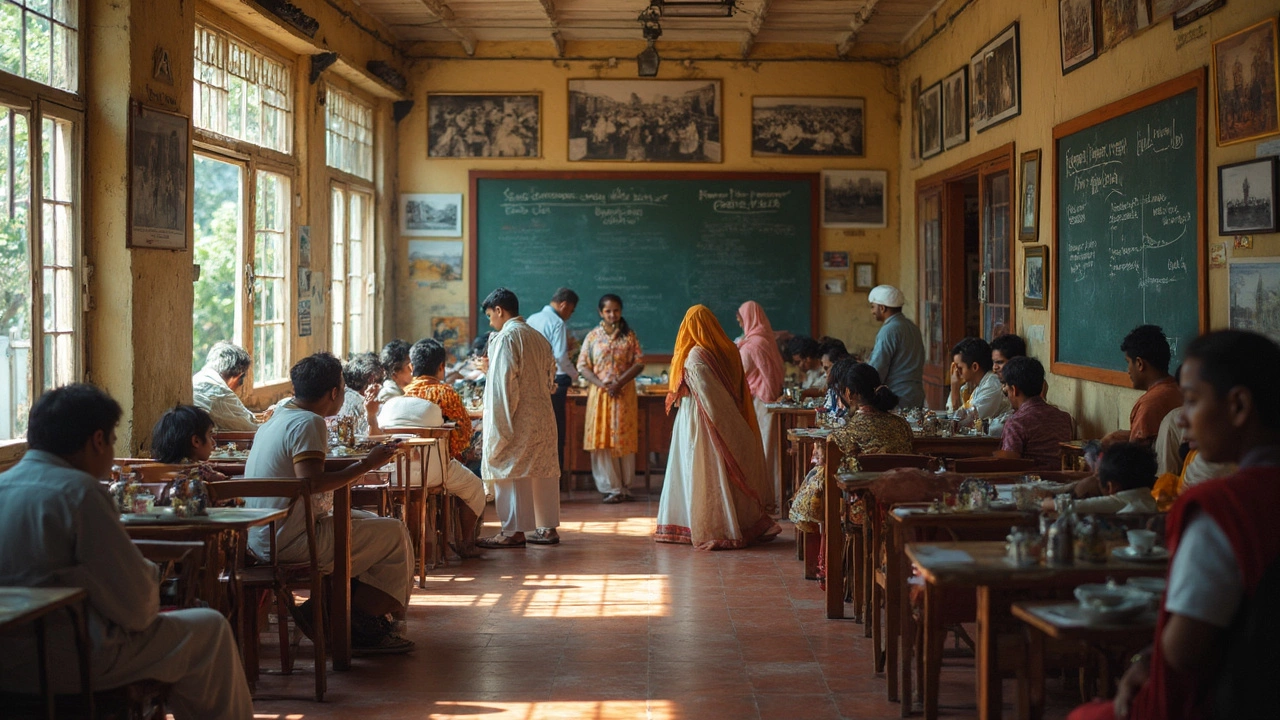
Business, Politics, and Power
Some of the biggest decisions never happened in boardrooms—they started in social clubs over coffee or a handshake. Think about places like the Union League Clubs that popped up across U.S. cities in the 1800s, where local leaders planned everything from political campaigns to public works. Deals were struck, partnerships formed, and what happened there often changed the whole city.
It wasn’t just about business cards and elevator pitches, either. These clubs gave folks the inside edge. If you were a member, people took you more seriously. For example, business owners in 20th-century London relied on private gentlemen’s clubs to build trust before signing big deals. If someone vouched for you at the club, others listened—it was basically the old-school LinkedIn but with fancy chairs and strict dress codes.
Politics was front and center, too. Many early social clubs were hotbeds for activism and party organizing. The Tammany Hall club in New York isn’t just a random name—it was notorious for running city politics and handing out favors. Sometimes that was shady, sometimes it helped immigrants get jobs or find housing. Clubs like these could make or break careers.
It’s easy to forget, but women fought for their space, too. When men’s clubs wouldn’t open their doors, women set up their own—like the National Association of Colored Women’s Clubs, which played a crucial role in civil rights and community projects. These clubs weren’t just teas and chit-chat. They trained leaders, ran social programs, and pushed for real change.
Let’s make this clearer. Here’s a quick look at how club membership overlapped with major movers and shakers:
| Type of Club | Famous Members | Typical Influence |
|---|---|---|
| Union League Club | Ulysses S. Grant | Political decisions, legislation |
| Tammany Hall | Boss Tweed | City management, government contracts |
| Gentlemen's Clubs (London) | Winston Churchill | Business deals, lobbying |
| NACW Clubs | Mary Church Terrell | Civil rights, women's leadership |
If you walked into the right social club in your city back then, you might leave with a new job, a shot at public office, or at least a few solid business leads. It’s no wonder people went to such lengths to get an invite.
Hobbies, Skills, and Learning
Back before you could just join an online class or binge-watch a how-to channel, social clubs were the real deal for picking up new skills and passions. Think of early chess clubs teaching strategy, cycling clubs teaching road safety, or knitting circles sharing patterns. People didn’t just talk about their hobbies—they leveled up together.
Take photography clubs in the 1930s and 40s. Members didn’t just snap photos; they built their own darkrooms and gave hands-on demos. These clubs even brought in pros to critique work, way before YouTube tutorials were born. Other clubs were all about music, dance, or cooking. Imagine learning a secret recipe from a neighbor’s grandma or swapping homebrew tips with someone who’d mastered it over decades.
The magic of these gatherings was learning without the pressure of grades or formal teachers. You could mess up, laugh about it, and actually get better. Plus, there was always someone happy to help out or offer feedback.
Some organizations kept things super organized with classes and speakers. For example:
- Garden clubs shared tips on plant care, and sometimes even gave out free seeds or cuttings to newbies.
- Amateur radio clubs handed out simple guides and even lent equipment to beginners, making pricey hobbies way more accessible.
- Toastmasters started as a social club for public speaking—now, it’s global. People joined to fight their fear of talking in front of others, getting real support in a chill setting.
Why did all this work so well? Group learning feels safer, more fun, and you actually see progress. Studies from the 1980s showed that people who took classes or met up monthly in hobby groups were twice as likely to stick with the hobby compared to solo learners.
The best part: you left with a new skill and probably a friend or two to make it stick.
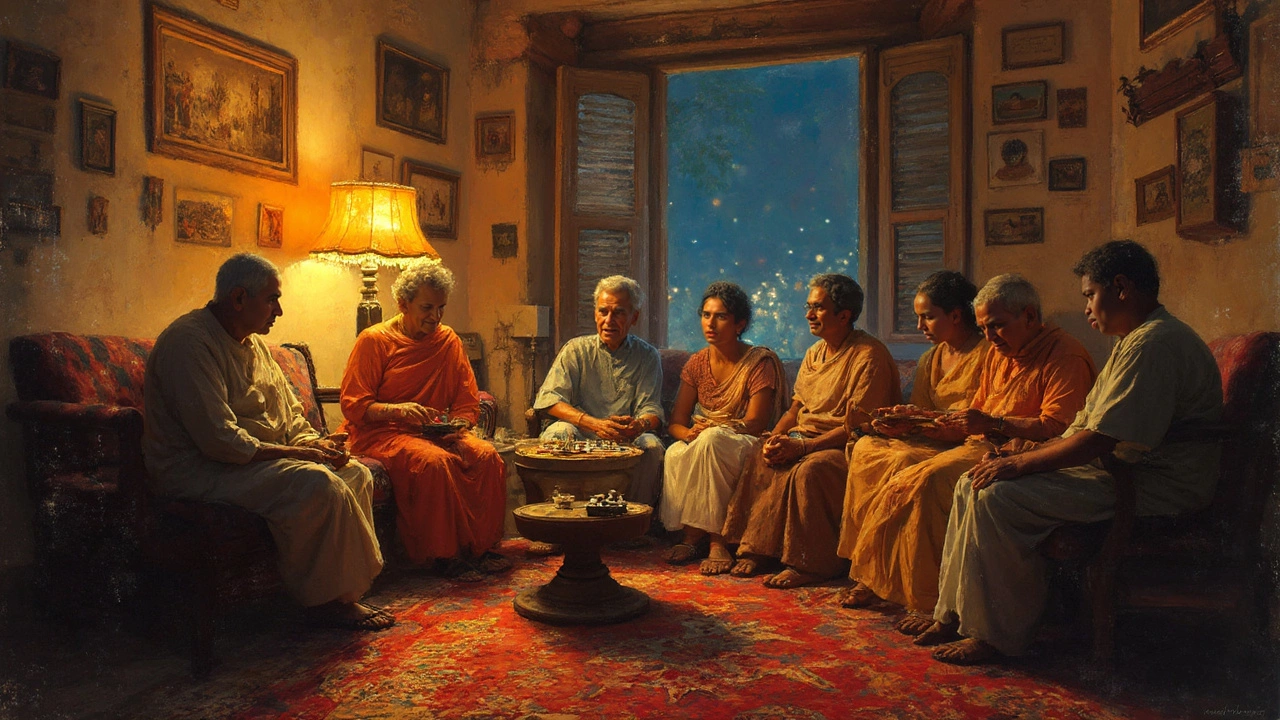
Tips for Modern-Day Socialising
It’s 2025, and the way we connect has changed, but the purpose of social clubs—finding a crew and growing connections—hasn’t gone out of style. If you’re looking to build a real network or just want some good company outside your feed, taking a page from classic clubs can actually make socialising more fun and less awkward.
- Mix Digital and Face-to-Face: Sure, group chats rule, but don’t underestimate the vibe of in-person hangouts. A Pew Research Center study showed that people who balance both have deeper friendships and less burnout from screen time.
- Find Your Niche: Instead of generic meetups, look for clubs that fit your real interests—whether it's retro board games, coding, or learning Spanish over tacos. Real passion brings more natural convos and lasting bonds.
- Get Involved, Don’t Just Show Up: Social clubs work best when everyone pitches in. Offer to help out at events or even host your own activity. You’ll build trust and get noticed for more than just small talk.
- Use Social Clubs for Growth: This isn’t just about talking shop. Almost 70% of club members in a recent Meetup.com survey said they joined to learn a skill or find career connections, not just for the snacks.
- Keep It Inclusive: Invite folks who seem left out. Most clubs get better when new faces bring different stories and energy, just like classic clubs linked immigrants, working pros, and artists together.
| Reason for Joining a Club | Percent of Respondents |
|---|---|
| Making New Friends | 54% |
| Learning a Skill | 32% |
| Networking for Work | 21% |
| Giving Back | 15% |
Last tip: don’t ghost—regulars build reputation. Whether you’re into online groups, hobby circles, or old-school lodges, showing up often is how you get the most out of modern social clubs and build your own kind of community.

